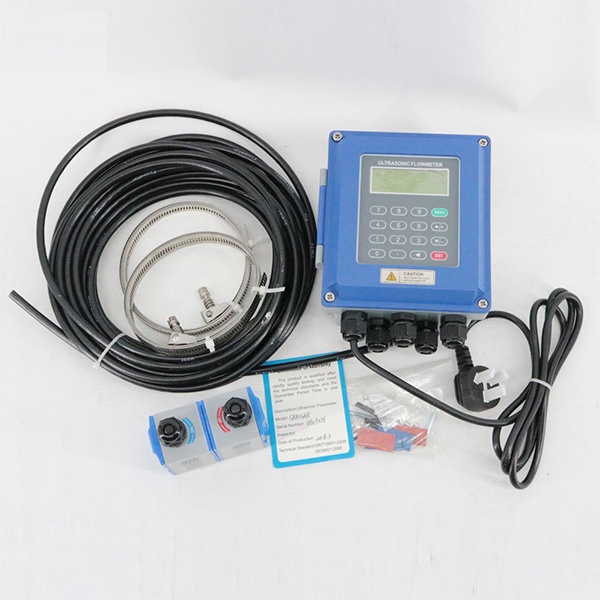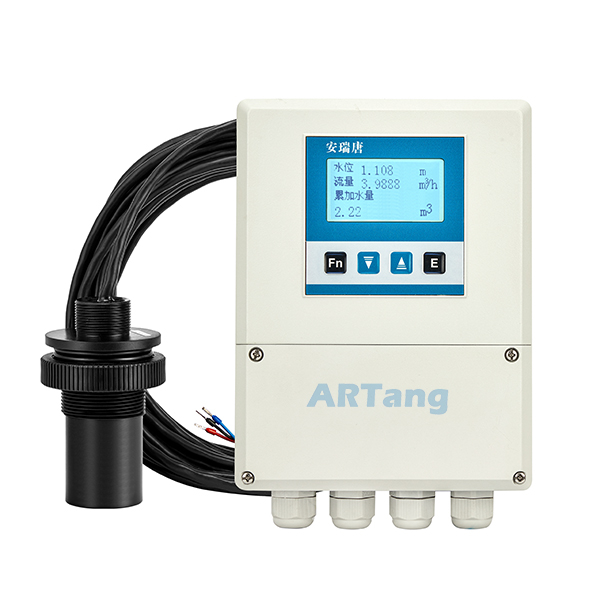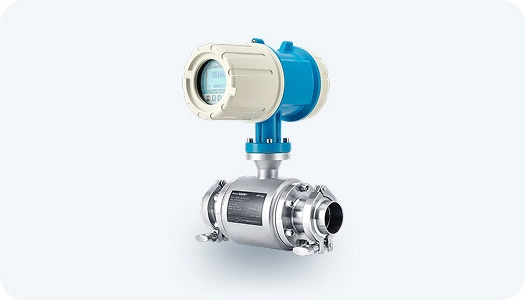-
Date:2025-10-30
-
Page View:26
Wastewater flow meters play a critical role in monitoring and controlling waste treatment, ensuring that the process operates efficiently. These instruments provide valuable information about the flow and volume of wastewater, enabling authorities and industries to make informed decisions regarding waste management. By accurately measuring wastewater flow, these meters help monitor the treatment process, ensure compliance with environmental regulations, and support the protection of water resources.
Types of Wastewater Flow Meters:
Magnetic Flow Meters: These meters use Faraday’s law of electromagnetic induction to measure the flow of conductive liquids, such as wastewater. They offer high accuracy and reliability, making them suitable for a wide range of applications.
Ultrasonic Flow Meters: These meters measure wastewater flow using ultrasonic signals. They are non-intrusive and can be used for both clean water and wastewater applications.
Open Channel Flow Meters: Designed specifically to measure wastewater in rivers, canals, or other open channels, these meters provide accurate measurements even under harsh environmental conditions.
Working Principle of Wastewater Flow Meters
Magnetic Flow Meters: These meters operate based on the principle of electromagnetic induction. When conductive wastewater flows through the meter’s pipe, a magnetic field is generated. The movement of the liquid induces a voltage, which is proportional to the flow velocity. The meter measures this voltage to calculate the flow rate.
Ultrasonic Flow Meters: These meters measure wastewater flow using ultrasonic signals. They emit ultrasonic pulses into the flowing wastewater and measure the time it takes for the pulses to travel between two points. By comparing the upstream and downstream transit times, the meter calculates the flow velocity and then the flow rate.
Open Channel Flow Meters: These meters typically use a combination of a primary device (such as a flume or weir) and a secondary device (such as a level sensor or ultrasonic sensor). The primary device determines the water depth, and the secondary device measures the water level. By combining these measurements, the meter calculates the flow in open channels.

wastewater flow meter

Ultrasonic Flow Meters

Open Channel Flow Meters
Benefits of Using Wastewater Flow Meters
Using wastewater flow meters offers numerous advantages for regulatory authorities and the waste treatment industry:
Accurate Measurement: They provide precise and reliable measurements of wastewater flow and volume, ensuring effective monitoring and control of waste treatment processes.
Regulatory Compliance: By accurately measuring wastewater flow, authorities can ensure compliance with environmental regulations and prevent potential violations or penalties.
Early Problem Detection: Wastewater flow meters can detect issues or blockages in the wastewater system early, allowing timely maintenance and preventing potential failures or overflows.
Optimized Waste Treatment: Data collected by flow meters can be used to analyze and optimize waste treatment processes, improving efficiency and reducing operating costs.
Water Resource Protection: By monitoring and controlling waste treatment, these meters help protect water resources from contamination, safeguarding ecosystems and public health.
Factors to Consider When Choosing a Wastewater Flow Meter
Accuracy Requirements: Determine the level of accuracy needed for your specific application to ensure the selected meter meets your measurement requirements.
Flow Range: Consider the expected wastewater flow range to ensure the meter can handle the anticipated flow without issues.
Environmental Conditions: Take into account the installation environment, such as temperature, humidity, and the presence of corrosive substances, to select a meter capable of withstanding these conditions.
Installation Requirements: Consider installation constraints to ensure compatibility with your existing system and infrastructure.
Cost and Maintenance: Evaluate both the initial cost and long-term maintenance requirements to determine the overall cost-effectiveness of the selected meter.
Installation and Maintenance of Wastewater Flow Meters
Proper installation and regular maintenance are crucial for achieving optimal performance from a wastewater flow meter. When installing the meter, always follow the manufacturer’s guidelines and recommendations. This includes selecting an appropriate location, ensuring proper alignment and orientation, and performing thorough calibration.
Regular maintenance includes cleaning, calibration, and inspection. The meter should be cleaned periodically to remove any debris or deposits that may accumulate on the sensor. Regular calibration is necessary to maintain measurement accuracy. Additionally, inspections should be conducted to detect any signs of damage or wear and address them promptly to prevent potential issues.
Wastewater flow meter performance can be influenced by numerous factors, including: pipe size and shape (round, rectangular), boundary conditions, properties of the medium (temperature, pressure, density, viscosity, contamination, corrosiveness, etc.), flow characteristics (turbulence, velocity distribution), installation conditions, and alignment.
Selecting the right meter based on flow rate, flow conditions, installation requirements, environmental conditions, and cost-effectiveness is essential for proper application and accurate performance of the flow measurement instrument.










